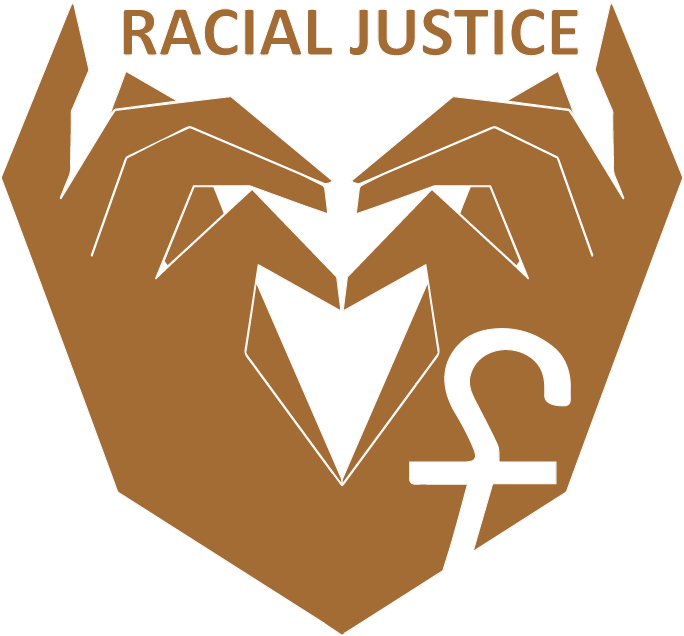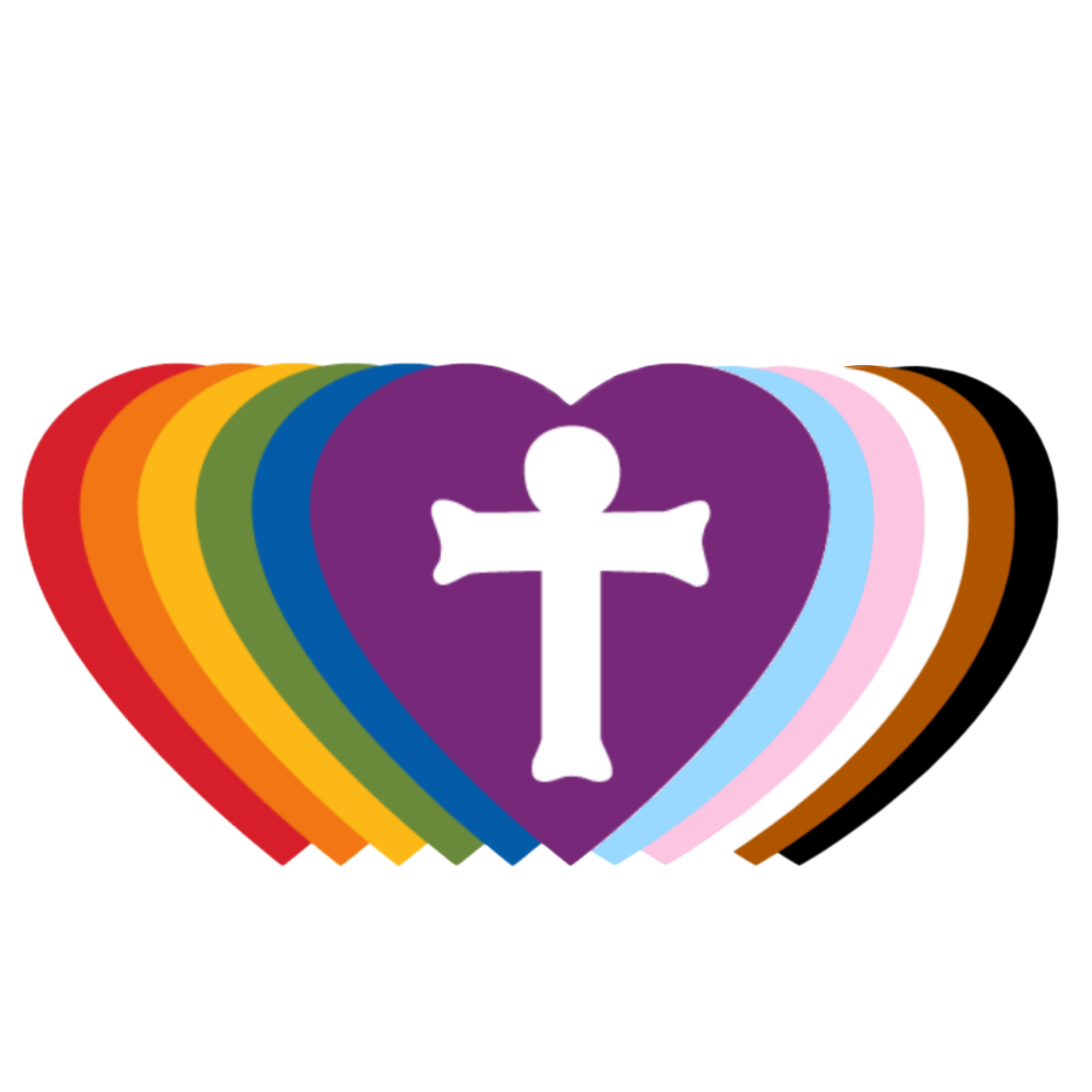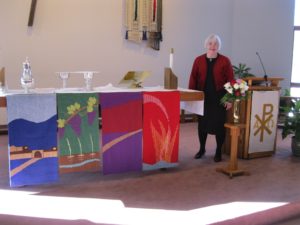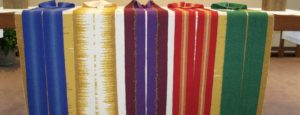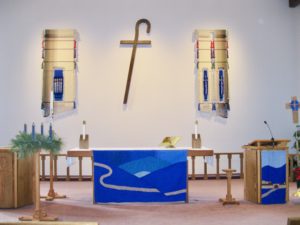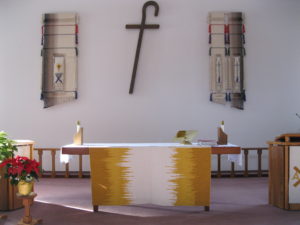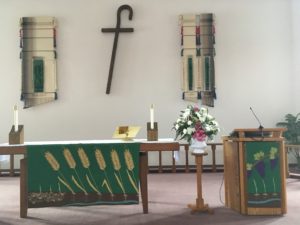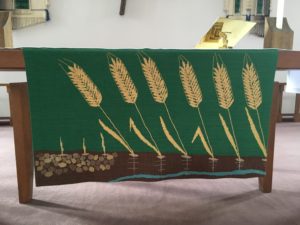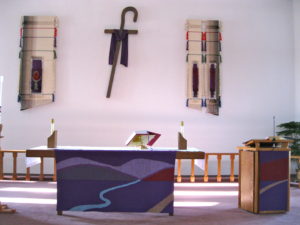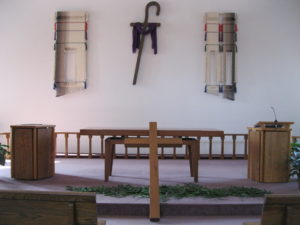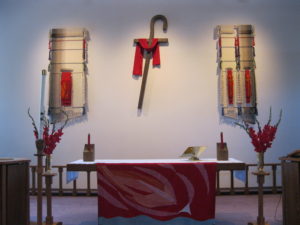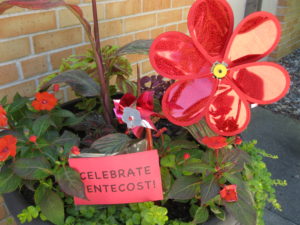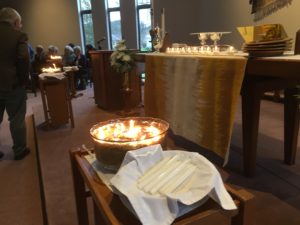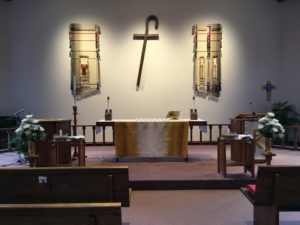 Introduction: The use of colors to differentiate liturgical seasons became a common practice in the Western church in about the fourth century. At first, usages varied considerably but by the 12th century the colors were systematized in the church. The Lutheran churches that emerged from the Reformation retained the traditional colors with some modifications.
Introduction: The use of colors to differentiate liturgical seasons became a common practice in the Western church in about the fourth century. At first, usages varied considerably but by the 12th century the colors were systematized in the church. The Lutheran churches that emerged from the Reformation retained the traditional colors with some modifications.
Liturgical Colors: Liturgical colors are seen during most of the Sundays during the seasons of the church year which begins with Advent. At Good Shepherd they are reflected in the altar and pulpit paraments, gates (changeable small weavings) within the weavings and pastor’s stoles. Pulpit and parament weavings and the pastor’s stoles at Good Shepherd are blue, green, purple, red and white/gold. The weavings were woven in the early 2000s by congregation member and professional weaver, Barbara Berg. Pulpit weavings are shown below with Barbara standing beside her work.
Altar and pulpit paraments installed at Good Shepherd:
Green (June 1, 2009); White (December 24, 2011); Purple (February 12, 2013); Red (May 9, 2013); Blue (May 29, 2015)
May 22, 2016 – Dedication of green, white, purple, red and blue pastor’s stoles. The woven stoles in the five colors are displayed here.
Advent: Advent consists of the four weeks before Christmas. The preferred color for Advent is blue, the color of hope, which is the theme of the season. The “gates” in the wall-mounted weavings also contain the color of blue.
Christmas:
Christmas: The liturgical color for Sundays in the Christmas Season is white symbolizing the light of Christ. The ‘gates’ in the wall-mounted weavings are also white.
Epiphany: The Time after Epiphany continues until Lent which begins with Ash Wednesday. Most of the Sundays during this time are “green Sundays”. Green is the color of growth and represents our growth in the Christian faith – a time to live with Christ and one another as the church.
Lent: The penitential forty-day season of Lent begins with Ash Wednesday. The liturgical color for this season of the church year is purple – the color of penitence and in remembrance of the royalty of Christ who reigns from the cross. In our sanctuary, it is the primary color of the pieces hung in the gates of our weavings, the altar and pulpit paraments, and pastor’s stole. A purple cloth is draped on our Shepherd’s Cross during this season.
The tone of this season is restraint, even austerity; flowers will not be present until the Easter Vigil and Easter Sunday.
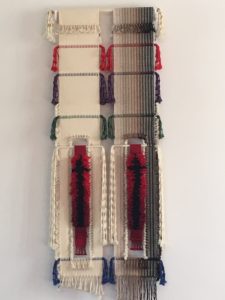 Holy Week begins with Palm Sunday. The color for the days from then through Maundy Thursday is scarlet, the color of the crucifixion; purple is the alternate. The gates in the weavings at Good Shepherd will change from purple to scarlet with black crosses woven in.
Holy Week begins with Palm Sunday. The color for the days from then through Maundy Thursday is scarlet, the color of the crucifixion; purple is the alternate. The gates in the weavings at Good Shepherd will change from purple to scarlet with black crosses woven in.
The altar and gates are stripped at the end of the Maundy Thursday service and will remain bare through the Good Friday service until they are re-dressed with white and gold for the celebrations of the Saturday evening Easter Vigil and the Easter Sunday Festival Worship that marks the beginning of the Easter season.
The fifty-day Easter season, is celebrated with white paraments and white gates hung in the weavings. The paschal candle is lighted throughout each service. Flowers are placed near the altar and outside if possible. The Easter season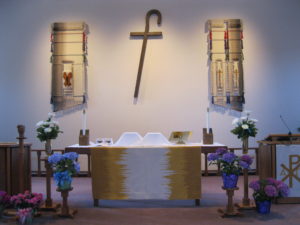 will end with the Day of Pentecost for which the liturgical color is bright red.
will end with the Day of Pentecost for which the liturgical color is bright red. 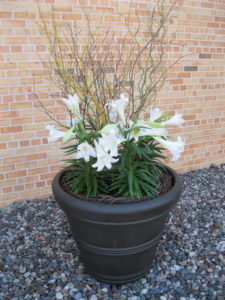
Pentecost Sunday: Pentecost is a day of promises fulfilled. The promised Spirit of God is poured out; we are made children of God and given an Advocate. To celebrate this day, red paraments, gates, candles, and gladiolas remind us of the fire of the spirit. The pinwheels remind us that the Spirit is our breath and a mighty wind.
All Saints Sunday is the day we remember and give thanks for all the saints, the whole body of Christ. In Christ, we are all saints and sinners. We will honor saints from Good Shepherd who have died and been born in this year. We will also have opportunity for personal prayer, reflection and candle lighting to honor the other saints we remember on this day. The liturgical color is white.
Christ the King Sunday is the last Sunday of the church year. The color for this festival of Christ is white – the color of light, gladness, and joy. The altar and pulpit paraments, the gates in the weavings, and the pastor’s stole changed from green to white. The new church year begins with the first Sunday in Advent when the liturgical color will be blue.
NOTE: Much of the information on this page came from the Altar Guild and Sacristy Handbook, 4th ed., by S. Anita Stauffer.
